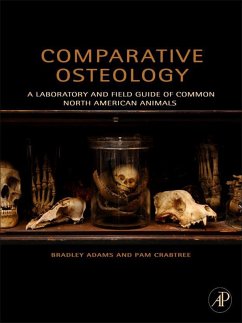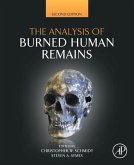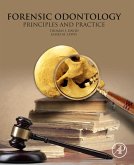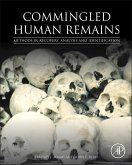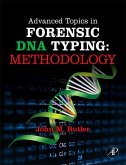Comparative Osteology is a photographic atlas of common North American animal bones designed for use as a laboratory and field guide by the forensic scientist or archaeologist. The intent of the guide is not to be inclusive of all animals, but rather to present some of the most common species which also have the highest likelihood of being potentially confused with human remains.
- An affordably priced, compact laboratory/field manual, comparing human and nonhuman bones
- Contains almost 600 high-quality black and white images and diagrams, including inch and centimeter scales with each photograph
- Written by the foremost forensic scientists with decades of experience in the laboratory and as expert witnesses
- An additional Companion Web site hosts images from the volume the reader can magnify and zoom into to see specific landmarks and features on bones http://booksite.academicpress.com/9780123884374
Dieser Download kann aus rechtlichen Gründen nur mit Rechnungsadresse in A, B, BG, CY, CZ, D, DK, EW, E, FIN, F, GR, HR, H, IRL, I, LT, L, LR, M, NL, PL, P, R, S, SLO, SK ausgeliefert werden.
Hinweis: Dieser Artikel kann nur an eine deutsche Lieferadresse ausgeliefert werden.
"At long last we now have a well illustrated, comprehensive photographic guide to distinguish human skeletal remains from a wide range of common animal species. Most previous guides to determine whether a bone was human or animal illustrated a very small number of non-human species. This atlas also illustrates a range of butchery marks and includes prehistoric (stone tools) and historic (metal cleavers, saws and knife marks) found on bones. In addition, Adams and Crabtree illustrate both adult and juvenile animal bones as well as adult and sub-adult human bones. This book is a must for the library of all osteologists or biological scientists called upon to identify human and non-human skeletal remains." --William Bass, Retired, Emeritus Professor of Anthropology, University of Tennessee, Knoxville

